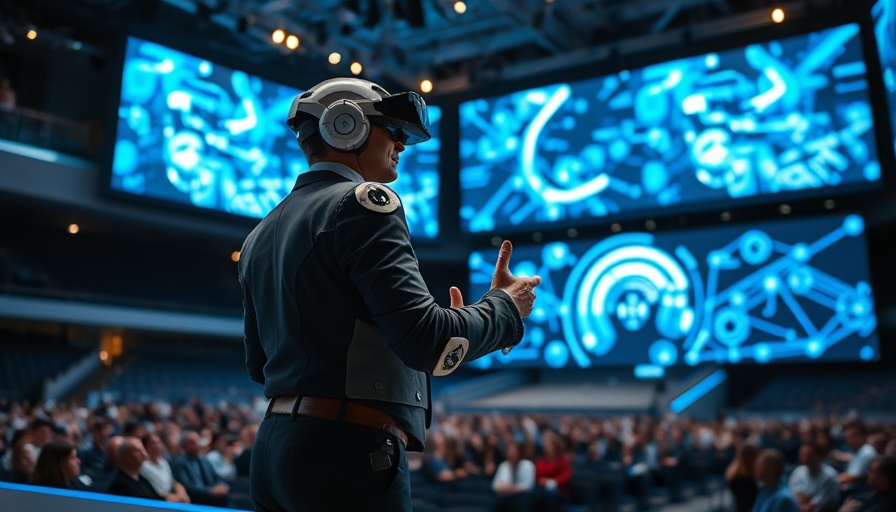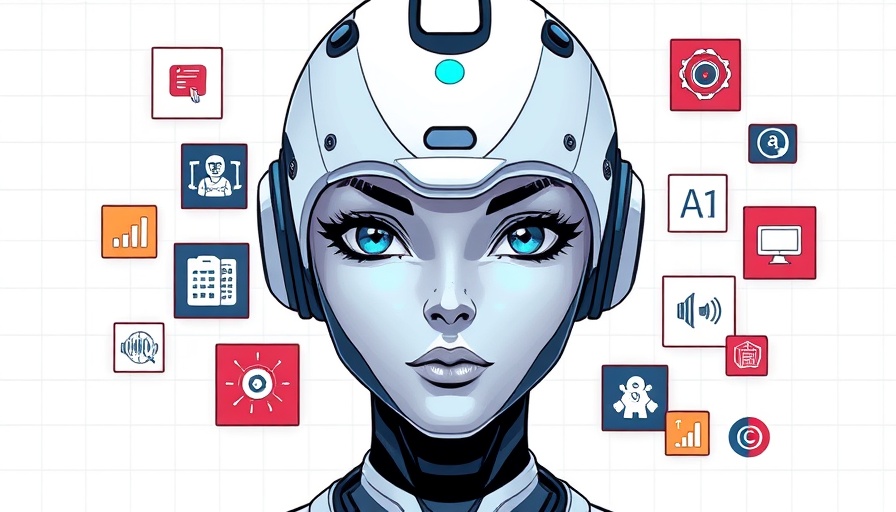
Revolutionary Technologies Reshaping Our Future
As we navigate through the 21st century, emerging technologies hold the potential to redefine our existence in profound ways. By 2026, advancements in a variety of fields will likely not only revolutionize daily life but also impact our survival on this planet. A recent video outlines 14 groundbreaking technologies currently under development, each poised to make significant contributions or, conversely, present new challenges.
In 'You Probably Won't Survive the Tech of 2026...', the discussion dives into groundbreaking advancements that are shaping the future, prompting us to analyze their potential impacts more deeply.
The Promise of Renewable Power
At the forefront of these innovations is a technology converting air humidity into electricity. Researchers have developed a flexible membrane, constructed from sustainable materials, that generates low voltage power simply by harnessing moisture from the atmosphere. This method of power generation could lead to sustainable electricity access anywhere humans inhabit, minus the dependency on fossil fuels and traditional grids. Imagine powering your devices with clean energy harvested from the air around you!
Advancements in Space and Earth Observation
Another fascinating technology is the real-time mapping of the universe through the Vera C. Rubin Observatory. As it commences its routine scans, scientists expect to identify billions of galaxies and numerous near-Earth objects. This capability will revolutionize our understanding of the cosmos and offer immense opportunities for planetary defense, enhancing safety against potential asteroid impacts. For R&D directors and tech investors, the implications of this heightened awareness of our universe cannot be overstated.
AI Innovations Transcending Limits
Artificial Intelligence (AI) continues to push boundaries. The advent of fully autonomous AI agents that set their objectives and manage tasks independently signifies a major leap forward. While this could optimize efficiency across various sectors, it raises pressing questions regarding oversight and ethics. As these technologies develop, innovation executives must anticipate how best to navigate the challenges they present.
Environmental Sustainability and Health
Amid the threats posed by climate change, technologies like sustainable aviation fuels made from captured CO2 and renewable energy are emerging. Both airlines and tech investors are seeing the potential to reduce aviation's carbon footprint significantly. Similarly, self-growing engineered living therapeutics represent a shift toward real-time disease monitoring and treatment using living cells, promising a future where health management is as responsive as our technology.
Future-Proofing for Emerging Risks
As we incorporate these advanced technologies into our lives, problems also arise. The expansion of extreme environment robotics demonstrates our ability to explore hazardous locations, but we must also consider the ethical implications of their deployment. What happens when machines replace human roles in crisis situations? Hence, understanding the risks associated with new innovations should be as integral to their development as the excitement surrounding them.
Conclusion: Embracing Change in Technology
In exploring the innovations highlighted in the video, “You Probably Won't Survive the Tech of 2026...,” we confront the dual nature of technological advancements. While they offer countless opportunities for enhancement in various sectors, they also demand a vigilant approach to risk management. As R&D directors, tech investors, and innovation executives, embracing these changes while effectively strategizing for potential challenges will be essential. The roadmap of our future is built on these emerging technologies—will you be ready to tackle the hurdles they present?
 Add Row
Add Row  Add
Add 




Write A Comment